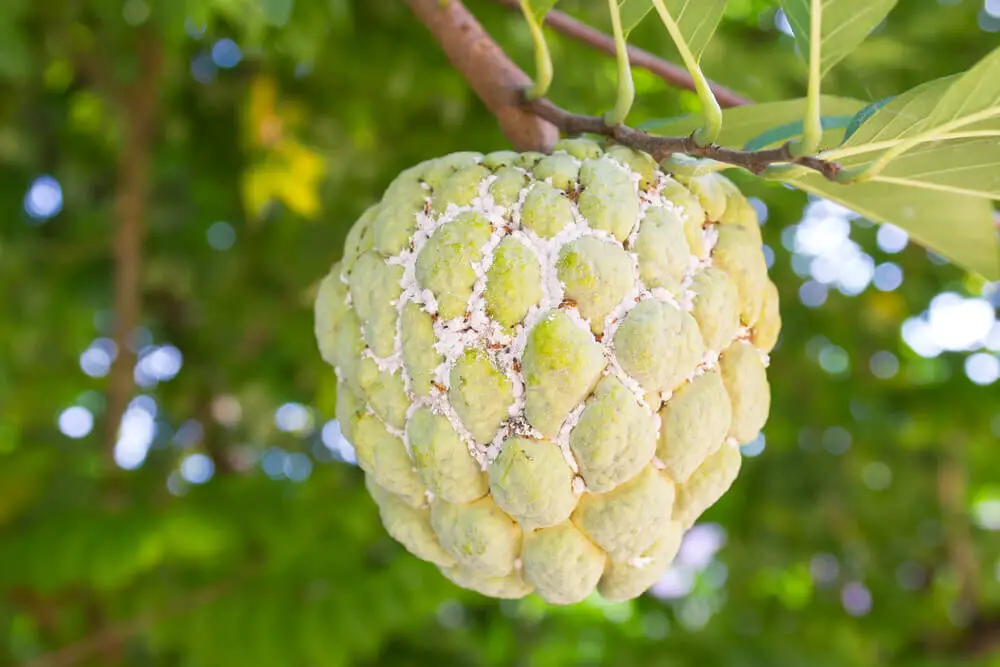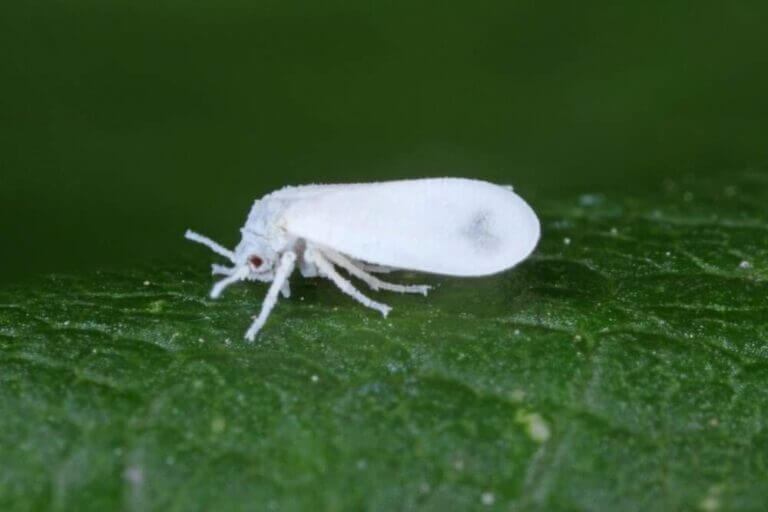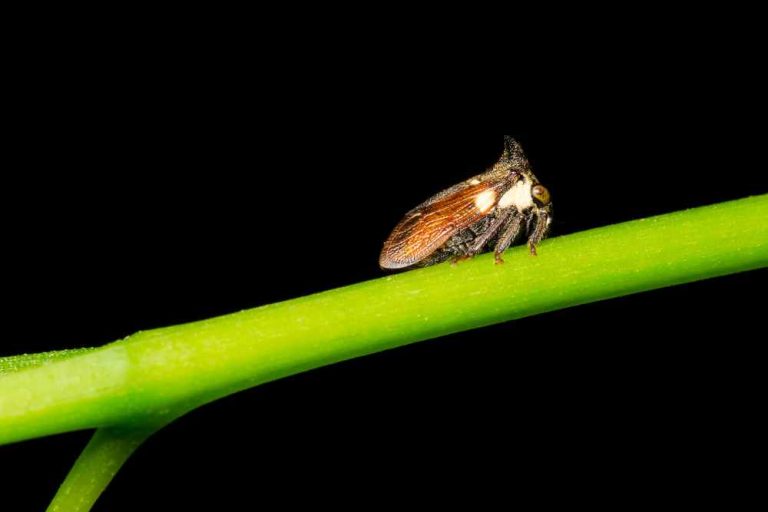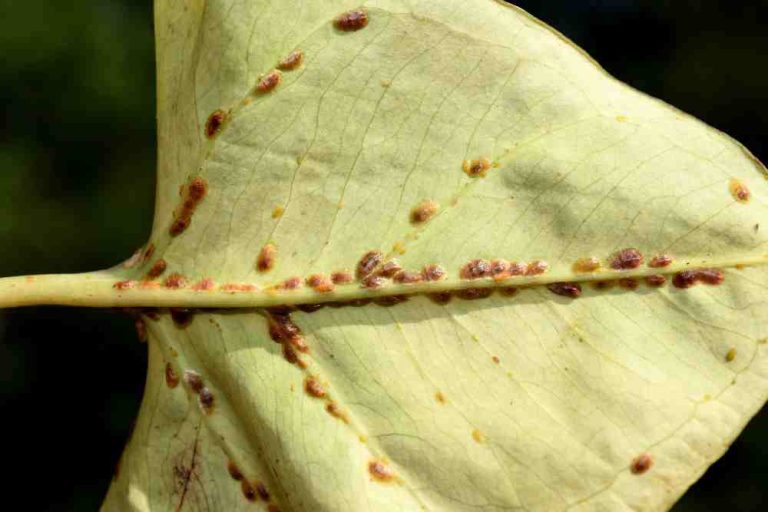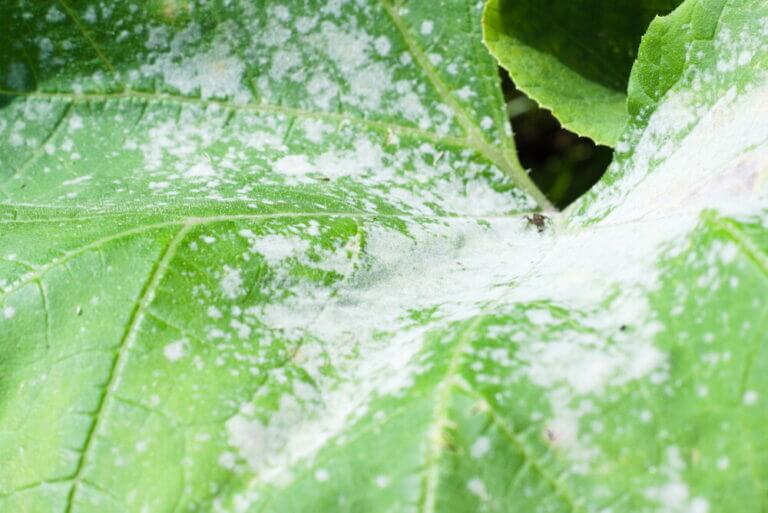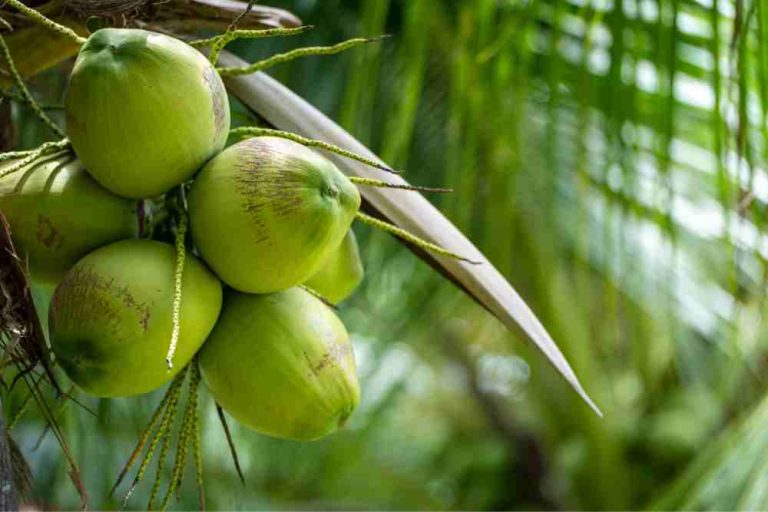How To Get Rid Of Mealybugs?
Mealybugs are worldwide pests of ornamental plants grown indoors (greenhouse) and outdoors (scape environments and conservatories). As well as both greenhouse and field-grown ornamentals are commonly attacked by mealybugs.
Mealybugs feed on a wide range of plants. Mealybugs are difficult to manage with insecticides and the host plant range depends on the particular mealybug species. Mealybugs insert their needle-like mouthparts into host plants and suck out the sap, primarily the phloem or mesophyll, or both.
While feeding, the mealybug excretes a sweet sticky liquid called honeydew. Which serves as a growing medium for black sooty mold fungi then Infested plant parts darken due to sooty mold growing on the honeydew. Ants may also feed on the honeydew.
They may also inject a toxin into the plant while feeding. This may cause leaf yellowing, plant stunting, and wilting and cause the plant to drop buds and leaves. Mealybugs are also capable of transmitting viral diseases.
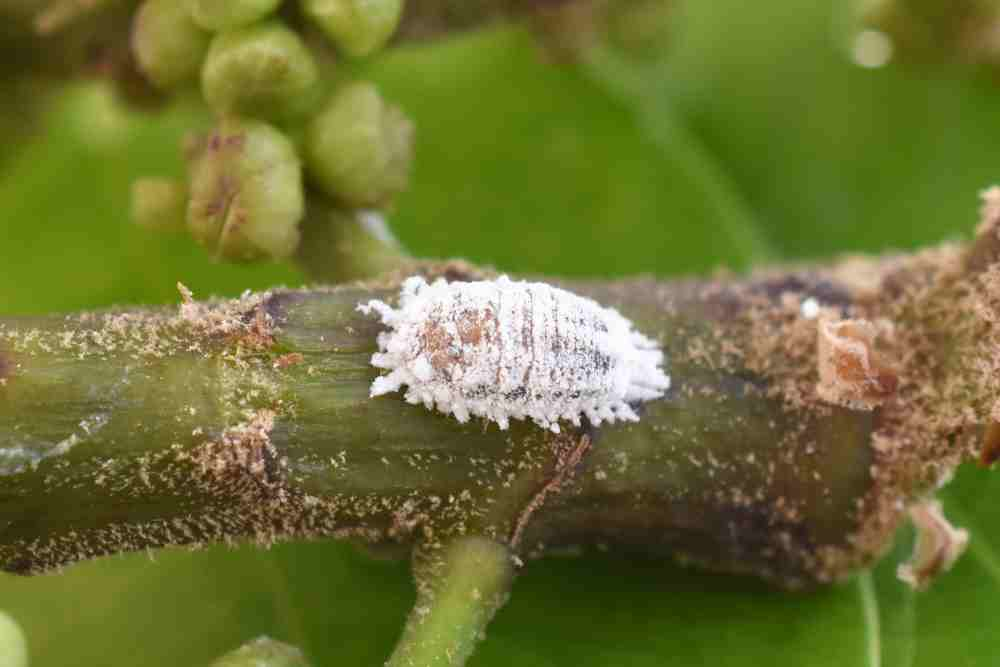
Mealybugs Life Cycle
Adult female mealybugs are soft-bodied, oval, white, wingless, up to 1/8 inch long when full-grown, and move from one host to another by crawling. Males are typically smaller, gnat-like insects with two wings and long “tails” of wax.
Most mealybug species reproduce asexually. The typical female mealybug life cycle has five growth stages: an egg, three nymphs or crawler stages, and the adult. They lay their eggs in a waxy covering or retain them in their reproductive tract until hatching. Mealybug males undergo six growth stages: egg, two nymphal instars, two pupa-like instars (prepupa and pupa), and the adult.
Adult females lay eggs underneath the body cavity before they die. Long-tail female mealybugs do not have to mate to reproduce but they give birth to live offspring. After hatching eggs into crawlers, they actively move around seeking places to settle and feed.
These insects often wedge into the crevices of the plants and may be found at the bases of stems or petioles of plants with long petioles. Crawlers are in yellow-orange color, flattened, oval, and are not covered by wax, eventually turning white after each successive molt.
As they mature, some species may become covered with white fluffy wax once crawlers settled, and mealy bugs progress through several growth stages before becoming adults. Within several weeks nymphs mature into adults. Male mealybugs eventually become winged individuals, mate with females, and die after 2 to 3 days.
Females continue development and die after depositing eggs. Eggs remain protected under the body of the dead female until they hatch. A single mealybug female is capable of reproducing from 200 to 600 eggs in fluffy white wax called an ovisac. Some mealybug species do not lay eggs but give birth to living young.
Mealybugs can survive cold conditions, both on the host plant below 10°C and in the soil at 0°C. During severe winter months, nymphs live in the root zone below ground. As temperatures start to raise mealybug emerge from the soil and colonize plants.
They reproduce all year round in a warm climate. Since mealybugs have a broad host range it also provides the potential to survive for significant periods on a series of crop and non-crop hosts. Nymphs can survive for up to 6 days without a host plant.
Mealybugs Control Methods
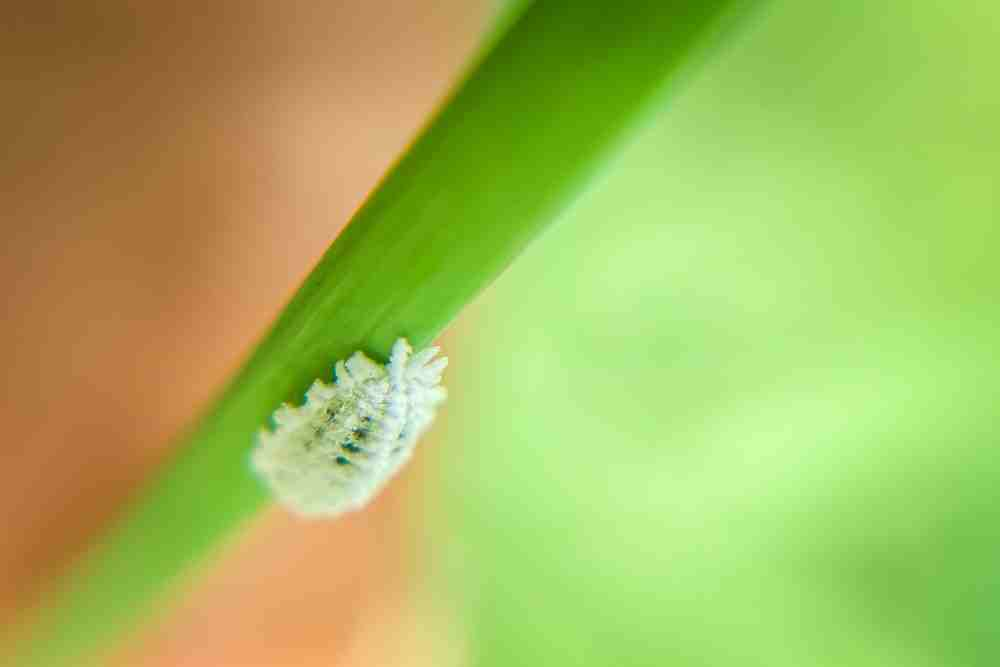
Cultural practices can be done to control mealybugs such as weed removal, proper fertility, and old plant material disposal. Favorable temperature conditions and plant growth may increase the mealybug population. If plants are irrigated frequently that receive high concentrations of a nitrogen-based fertilizer tend to be more susceptible to mealybugs and water-stressed plants may also be more susceptible to mealybugs.
If mealybug females feeding on plants receive high concentrations of a nitrogen-based fertilizer they may lay more eggs than usual. It is important to immediately discard heavily infested plants from your field, those that have been around for several years tend to harbor mealybug populations. If possible, a forceful or high-pressure water spray should be conducted regularly is effective in dislodging or removing all life stages (eggs, crawlers, and adults) quickly.
It is important to manage and populations because ants will protect mealybugs from natural enemies. Ants perform are beneficial to mealybugs, including removing honeydew and constructing shelters.
In the presence of ants, mealybugs tend to ingest more plant sap it causing greater plant damage. There are no commercially available parasitoids for the long-tailed mealybug. It’s important to contact your biological control supplier for additional information about using natural enemies to deal with mealybugs.
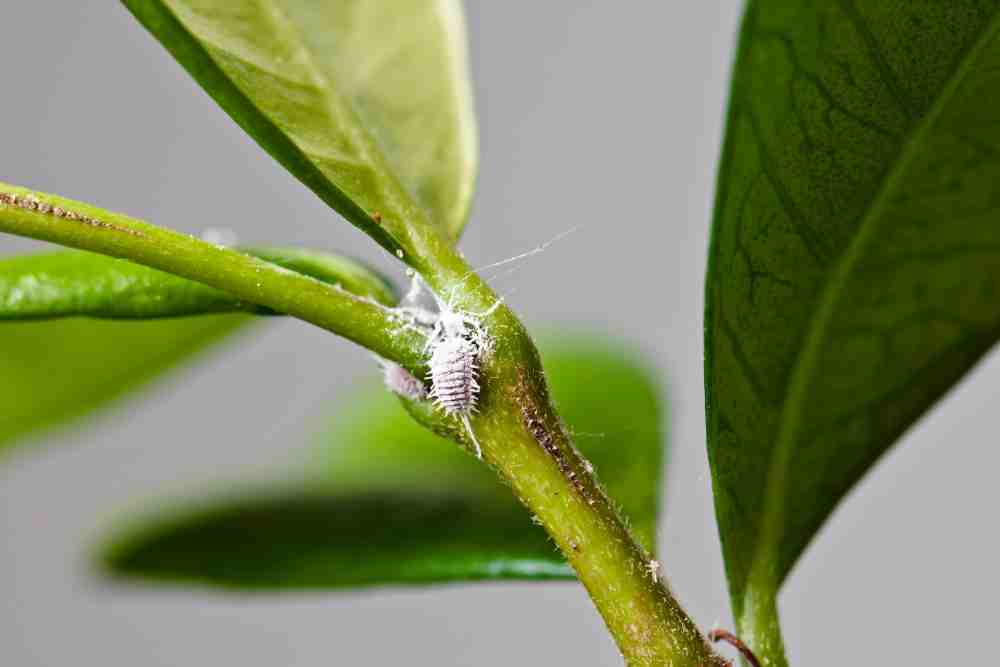
In situations where large numbers of plants are infested, treat plants using recommended insecticides. To kill newly hatched mealybugs, treatments may have to be repeated two or more times at weekly intervals.
Systemic insecticides move throughout plant parts therefore they may also be used to protect plants from mealybug infestations. Applications should be initiated early in the cropping cycle or before introducing plants into your field. Systemic insecticides may be applied as either a granule or growing medium drench.
It is important to avoid overwatering plants afterward so roots can absorb the active ingredient. Systemic insecticides may be less effective on mealybugs than on aphids or whiteflies because mealybugs are not ingesting lethal concentrations of the active ingredient because they feed within the mesophyll tissues or on plant stems.
- 18 Creative Ideas for Stunning Garden Borders - April 16, 2024
- 19 Creative and Cheap Backyard Ideas: Transform Your Backyard on a Budget - April 11, 2024
- 15 Ingenious Kitchen Garden Ideas to Cultivate Freshness Right at Home - April 7, 2024

